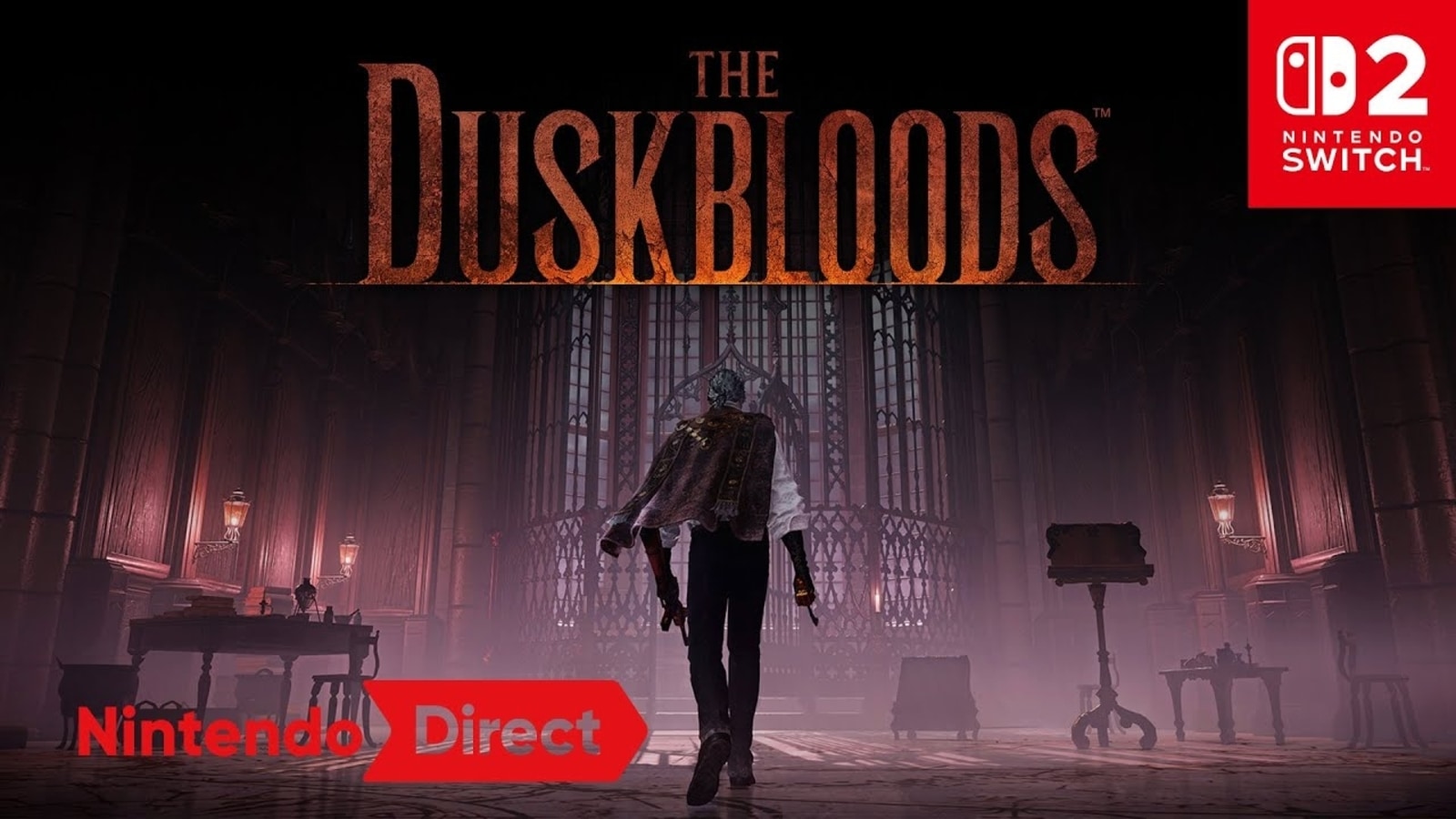Six years ago, Matt and Ross Duffer whipped up a perfect streaming-video dessert, low on nutrition but high in sweet pop-culture calories. Season 1 of their Netflix series “Stranger Things” was an expertly assembled and precisely calibrated souffle of Gen-X nostalgia, Spielbergian family melodrama and more-intense-than-expected sci-fi-horror adventure. It was a delicious, entirely guilt-free indulgence.
The thing about a dessert, when it’s tasty enough, is that the people who love it don’t want it to change — that’s the condition for their choosing it over and over again. And the many devotees of “Stranger Things” have been lucky, because as the show’s fourth season — which premieres with seven of its nine episodes on Friday — demonstrates, the Duffers’ expertise and crowd-pleasing instincts significantly exceed their storytelling imagination.
The problem with Season 4 is not — or is not only — the widely publicized length of its episodes, though you may indeed find your mind wandering during the nine-hour course of the first seven chapters. (The last two episodes, including the reportedly two-and-a-half-hour finale, are scheduled for July 1.)
The problem is that when the payoffs arrive, they’re deflatingly familiar — the show has gone from lovingly echoing 1980s touchstones to industriously copying itself. That’s the route film franchises take, and “Stranger Things” often feels more like a film franchise than a television series. But the best ones play witty and inventive variations on their own elements.
In the show’s new season, you feel the buildup to a piece of fan service, but once it’s there, it generally falls flat. Watching four teenagers ride their bikes through the Midwestern night has an automatic resonance, but that’s all there is to it — it’s a perfunctory callback to juice our emotions. One of the first season’s best ideas, in which a 12-year-old trapped in an alternate dimension used his family’s Christmas lights to communicate, is consciously recycled.
The Upside-Down World of ‘Stranger Things’
After a three-year wait, Netflix’s sci-fi series returns with a fourth season.
Other repetitions are less explicit but just as noticeable. A major plotline set in the past is integral to the season’s mysteries but also seems designed, in a fan-friendly way, to present the actress Millie Bobby Brown as often as possible in the childlike haircut and costume that defined her in Season 1. The exasperated byplay between the odd-couple friends Dustin (Gaten Matarazzo) and Steve (Joe Keery) is still amusing, but it has become so formulaic that you are likely to tune it out.
And yes, there’s plenty of time in these episodes, which average more than an hour and a quarter, to think about things like that. Season 4, for the first time, splits up the show’s large cast of small-town friends and family, sending some of them (including Brown’s Eleven, who begins the season without her telekinetic superpowers) to a fresh start in California. (The setting is 1986, six months after the end of Season 3.) That separates several of the show’s young couples, meaning that more time than ever is devoted to the teenage relationship angst that the show has never been very good at.
Back in Hawkins, Ind., the town that sits over the Upside Down — the literal home of other-dimensional monsters and the metaphorical receptacle for the stereotypically middle-American sorrows and regrets that the monsters exploit — the remaining characters begin to detect the emergence of the latest creature. Drawn, once again, from the lore of Dungeons & Dragons, it’s a humanoid with a passing resemblance to a “Star Trek” Borg queen and a habit of levitating teenagers before cracking all their limbs.
Things become even more spread out when a rescue mission is mounted for Jim Hopper (David Harbour), the former police chief and Eleven’s adoptive father, who survived Season 3’s cataclysmic finale and is in a Soviet prison. With the cast scattered in Indiana, California and Kamchatka, the dramatic progress of the season is toward an eventual gathering of the tribes back in Hawkins to battle the new monster.
But that reunion is still pending when the first batch of episodes ends. (I’m revealing that after a close reading of Netflix’s spoiler memo.) The nine hours have their moments; a midseason scene in which the combative Max (Sadie Sink) escapes the monster’s grip is particularly affecting. But there’s way too much filler — dull teenage melodrama, jokey but routine action, horror that doesn’t have the authentically creepy charge it used to. The theme of outsiders battling small-minded parochialism is more central than ever — the local Dungeons & Dragons club is branded a Satanist cult — but no more compelling.
It doesn’t help that not all of the central cast members, many of whom were around 12 when the show began, have grown as performers in the six years since. (The show’s timeline has moved only three years, which means that many of them are also looking awfully mature for their supposed ages.) Some, including Matarazzo, Brown, Sink and Priah Ferguson, are as engaging as ever, but some haven’t added real acting skills to their adolescent charm, and occasionally a scene just goes dead.
The show partly compensates by bringing in distinctive performers like Joseph Quinn, who has a Robert Downey Jr. bounce as a cocky D&D master, and Eduardo Franco, who’s sweetly befuddled as a pothead pizza deliverer named Argyle. (Like his namesake in “Die Hard,” he’s the designated driver.)
While the Duffers have kept the details of “Stranger Things” much the same, they have strategically shifted the show, too. Season 4 continues a progress away from the heightened, delicate emotionalism and wry humor of a Spielberg-style fable and toward the guilt, dread and body terror associated with Brian De Palma and David Cronenberg. It’s a logical move — the particular magic of the first season was probably impossible to maintain — but it doesn’t play to the brothers’ strengths.























